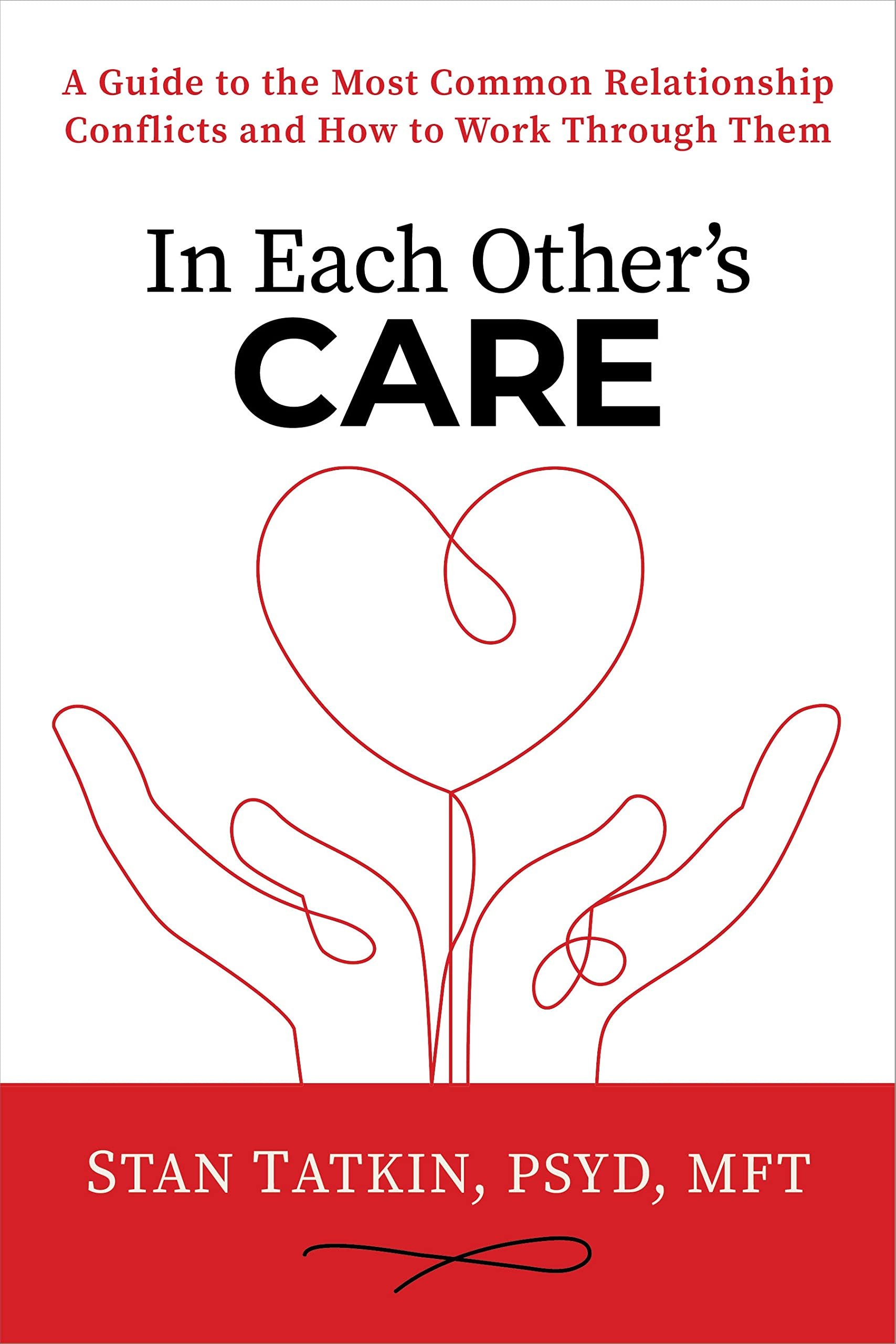Understanding the Patterns That Shape Our Relationships: A Path to Healing
When we find ourselves in ongoing conflict with our romantic partner, it can feel as though they are our enemy. We might even wonder why we seem to be stuck in a cycle of fighting, despite the love we share. Dr. Fayar Mallick, a family psychiatrist and founder of FMP Mental Health Spa, shares a profound insight into this dynamic, offering a compassionate perspective that acknowledges the impact of past experiences, particularly trauma, on our relationships.
The Roots of Conflict in Our Relationships
Dr. Mallick emphasizes that one of the core reasons we might perceive our partner as an adversary is due to patterns we've witnessed throughout our lives. From childhood to adulthood, the dynamics we observe in relationships — whether within our family or through cultural norms — often shape our expectations of romantic partnerships. If we’ve witnessed unhealthy or combative relationships, it’s easy to internalize these dynamics and expect the same in our own.
These early experiences can lay the foundation for how we relate to our partners, often subconsciously. We might see conflict as a necessary part of a relationship, or we may assume that disagreements always lead to emotional harm. In these moments, the person we love becomes a mirror of past struggles, and that perception fuels the tension in our relationships.
The Impact of Trauma on Our Relationships
Dr. Mallick’s perspective is especially insightful when considering how trauma influences these patterns. She shares her own experience of being physically abused by a romantic partner, which adds a deep layer of complexity to how we view intimacy and connection. For many, trauma becomes a lens through which we view future relationships, shaping our responses and reactions in ways we may not fully understand.
When we’ve experienced trauma, particularly within the context of a romantic relationship, we can begin to view our partner through a distorted lens — seeing them as a threat rather than a source of support. This is a natural response, as our brains are wired to protect us from perceived harm. However, when this protective mechanism operates unchecked, it can prevent us from fully experiencing the love and connection that we deserve.
Healing the Relationship with Ourselves and Our Partner
Dr. Mallick offers a powerful message: “The most important thing is that we recognize what we're doing wrong and not point fingers at the other person.” This recognition is key to healing — not just as individuals, but as partners. When we take ownership of our own emotional triggers and patterns, we can create a more open, vulnerable space for our relationships to evolve. Healing begins within, and it’s through self-awareness that we can begin to break the cycle of conflict.
One of the most effective ways to begin this process is by shifting our mindset. Rather than viewing our partner as an enemy, we can start to see them as an ally, a partner, and even a mirror reflecting our own emotional growth. This shift doesn’t happen overnight, but with consistent effort and reflection, it’s entirely possible.
Practical Tools for Healing Relationship Patterns
To help navigate these difficult patterns and begin healing, Dr. Mallick encourages a deeper understanding of how our trauma shapes our emotional responses. A helpful resource in this process is Stan Tatkin’s book In Each Other’s Care. This book provides essential tools for creating secure, healthy relationships by emphasizing the importance of both partners taking responsibility for their emotional well-being and care. Tatkin’s approach aligns with Dr. Mallick’s message of recognizing unhealthy patterns and taking proactive steps to shift the dynamics of our relationships.
Along with reading, there are several practical tools to help transform these patterns:
Mindfulness Practices: Learning to be present with our emotions without reacting impulsively allows us to create space between our thoughts and actions. This space helps us make more intentional choices rather than reacting from a place of past wounds.
Communication Techniques: Open and honest communication is essential in overcoming conflict. Instead of blaming our partner, we can express our needs and feelings from a place of vulnerability. This helps foster empathy and understanding.
Couples Counseling: Working with a trained person can provide a safe space for both partners to explore their emotional triggers and work through past trauma together. This process can help build trust and connection.
Self-Reflection: Taking time to reflect on our own emotional patterns is key. Journaling, meditation, or other introspective practices can help us uncover unconscious behaviors and begin to change them.
Moving Forward Together
As Dr. Mallick so wisely reminds us, relationships are a work in progress. They require patience, understanding, and a willingness to confront the past in order to create a healthier future. By recognizing the impact of our history and trauma, and by taking responsibility for our emotional responses, we can begin to shift the dynamic from conflict to connection.
Remember, the path to healing is not linear. It takes time, effort, and the willingness to see both ourselves and our partners with compassion. By embracing the tools and insights shared here, we can begin to cultivate relationships that are not only free of conflict but full of trust, support, and mutual care.
Books like In Each Other's Care by Dr. Stan Tatkin can help you apply these principles as you work to foster deeper connection and understanding with your partner. Ultimately, the goal is not to eliminate conflict, but to navigate it with grace, self-awareness, and a commitment to growth — both individually and as a couple. (As an affiliate, I earn a commission if you decide to purchase through this link—thank you for supporting my work!)


